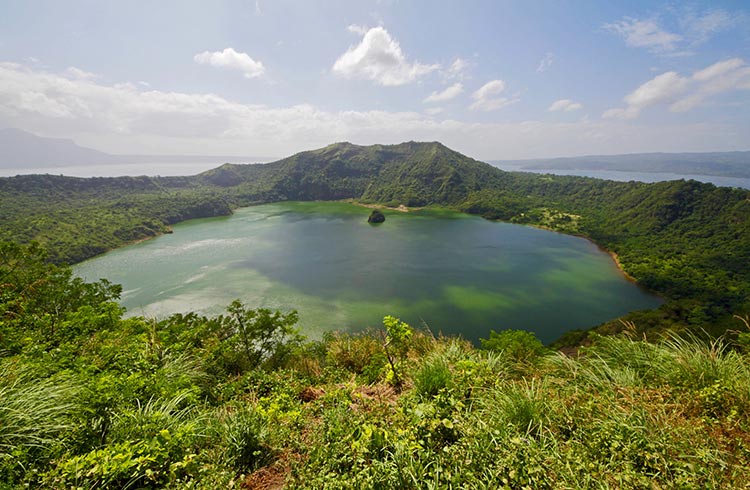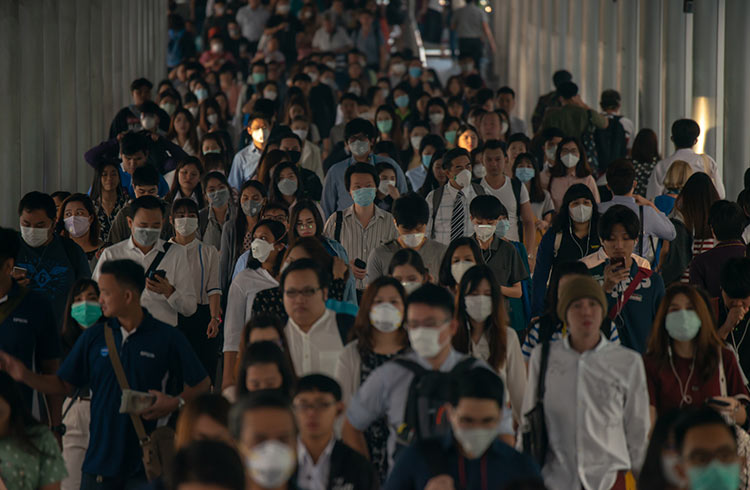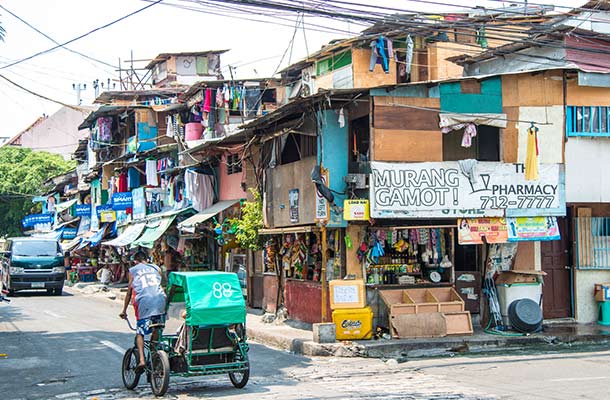Latest Travel Alerts and Warnings for Philippines
What are the important issues affecting travelers visiting Philippines? Get the latest travel warnings and alerts.
 Photo © Getty Images/Bruno Guerreiro
Photo © Getty Images/Bruno Guerreiro
Previous travel alerts for the Philippines
Magnitude 6.6 earthquake strikes Central Philippines – 18 August 2020
On Tuesday 18 August, a large earthquake struck Samar Island, located in the Eastern Visayas administrative region of the Philippines.
According to the U.S. Geological Survey (USGS), the earthquake measured a magnitude of 6.6 and occurred at a depth of 6.2mi (10km).
Tremors from the earthquake were felt hundreds of kilometers away. There is no warning in place for a tsunami, however, people should be on alert for aftershocks.
Seismology Bureau raised alert level for Taal Volcano – January 2020
Travelers who have plans to visit the Philippines or are currently in the country need to be aware of potential volcanic activity from Taal volcano, which is located 37mi (60km) south of Manila on the island of Luzon.
On Sunday, 12 January 2020, the state seismology bureau raised the alert level for Taal volcano to level 4 following the expulsion of steam and ash.
Stay alert and up to date with local news and media. Find out how to stay safe if the volcano does erupt, and be prepared for potential changes to your travel plans or disruption to transport.
Typhoon Kammuri – December 2019
Typhoon Kammuri (locally known as Typhoon Tisoy) has made landfall in the Philippines and is expected to track across the Central Philippines and southern Luzon in the next 24 hours.
Before midnight on Monday 2 November 2019, more than 200,000 people had been evacuated. Flights have been canceled, and travelers should expect delays and disruption to travel plans throughout the week. Contact your travel provider for information on changes to your itinerary.
Typhoon Mangkhut – September 2018
Category 5 Typhoon Mangkhut is currently tracking toward the northern Philippines with sustained winds of 165mph (265 kph) and gusts at 202mph (325 kph). Meteorologists consider the typhoon to be the most powerful this season. Emergency personnel have been deployed to the Philippine island of Luzon where the typhoon is expected to hit Cagayan province on Saturday.Mangkhut will also bring heavy rain which may cause localized flash flooding, landslides and storm surge. Please check with authorities for more information, follow any official warnings and listen to local news reports to monitor the situation.
Boracay shutdown – April 2018
On April 26, 2018, the Philippines Government shut down tourist access to the island of Boracay as a result of over-tourism and the resulting damage to the island's environment. The closure was announced on April 5 by Philippines president Rodrigo Duterte, who said the beaches and clear blue water had been turned into a "cesspool".
This shut-down is estimated to last for six months, and government authorities aim to clean up the island by flushing out illegal tourism operators and upgrading the sewer networks, which have struggled to cope with the influx of tourists to the island and has resulted in wastewater being pumped into the ocean. Aside from land-based tourists, cruise ships have also contributed to the pressure on the island's resources and infrastructure.
However, this clean up may be short-lived, as approval has been given for a large casino complex on Boracay.
In 2017, approximately two million tourists visited Boracay, 300,000 more than the previous year.
Alternatives to Boracay
Despite the Boracay closure, that doesn't mean you should stay away from the Philippines. This archipelago nation has plenty of other islands to visit beaches, and waterfalls and enjoy off-road adventures including trekking Mt Pinatubo on Luzon, visiting the Cloud 9 surf break at Siargao Island, ziplining on Bohol Island and scuba diving with thresher sharks at Malapascua.
Before you buy a travel insurance policy, check your government travel warnings and health advice – there may be no travel insurance cover for locations with a government travel ban or health advice against travel.
Related articles
Simple and flexible travel insurance
You can buy at home or while traveling, and claim online from anywhere in the world. With 150+ adventure activities covered and 24/7 emergency assistance.
Get a quote

No Comments